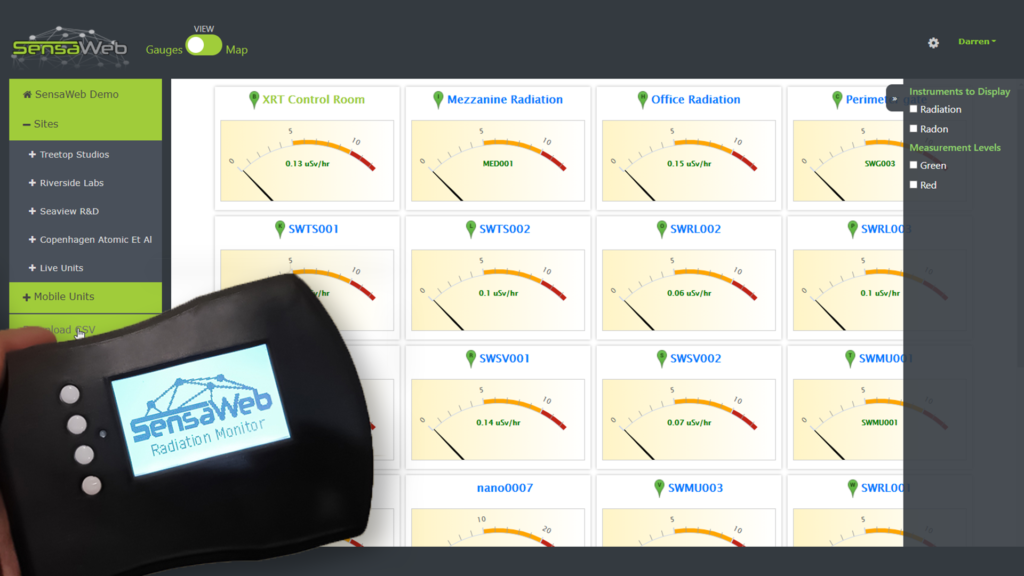According to the Medical Radiation Practice Board’s 2021/22 annual report, there are 18,601 medical radiation practitioners in Australia, of which 68.4% are female and 31.6% male.
Although they are at significantly less risk today, medical radiation practitioners are still part of the workforce with regular exposure to radiation.

For radiation therapy, the occupational exposure is lower compared to what patients get. Imaging, on the other hand, is where medical workers get most of their occupational dose.
Common imaging procedures include X-rays and CT scans, the latter equivalent to many X-rays.
Measuring Radiation Dose
With safety practices in the workplace, exposure for medical workers meets the regulatory limit set by the Australian Radiation Protection and Nuclear Safety Agency (ARPANSA).

In measuring radiation dose, the term Effective Dose is used. It is the value that takes into account not only the absorbed dose in various tissues and organs but also the sensitivity of those tissues to radiation.
Among the most radiosensitive tissues are the bone marrow and gonads.
Radiation Protection for Patients
Medical radiation contributes more than natural background radiation to the population dose in Australia. For patients’ safety, medical imaging that uses ionising radiation should only be done if the benefit outweighs the potential risk.
For pregnant women, risks of radiation exposure are highest in the early stages of pregnancy.
Health Risks of Radiation Exposure
When exposed to ionising radiation, there are two types of effects:
Deterministic effect/Tissue reaction – this results from high radiation doses above a certain threshold. They have a cause-and-effect relationship, meaning that the severity of the effect increases with the radiation dose.
An example is acute radiation syndrome (ARS), which manifests as symptoms such as nausea, vomiting, hair loss, and even death at extremely high doses. Other examples are skin burn and cataract development.
Stochastic effect – is not dependent upon any threshold. There’s no guarantee that an effect will occur but there’s an increased probability of occurrence with increasing radiation dose. One example is the development of cancer in an irradiated organ or tissue.

To minimise the risk of radiation exposure and its associated stochastic effects, radiologists and other healthcare professionals follow strict radiation protection guidelines and employ safety measures. These include keeping a safe distance and using shielding, as well as using modern imaging technologies that require lower radiation doses while maintaining diagnostic image quality.
Personnel safety monitoring is also essential even for other radiation-related careers outside of medical radiation.
Real Time Radiation Monitoring
In Australia, the annual dose limit for workers who are occupationally exposed is 20 mSv. SensaWeb’s radiation monitoring system helps in complying to these regulations by improving the visibility of workers’ radiation use, enhancing risk reduction for hospital staff. It increases staff assurance with its real time automated reporting and integrated alerts.

If you’re looking for area radiation monitors or personal radiation monitoring devices, you can count on SensaWeb. With our monitors, you can easily detect and interdict radioactive materials.
Connect with us here or at our email address: info@sensaweb.com.au. You can also call us at +61 415 409 467.